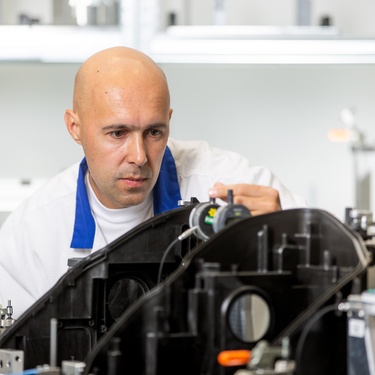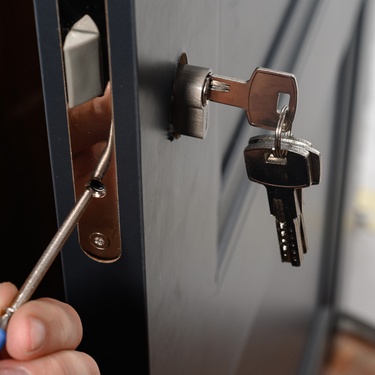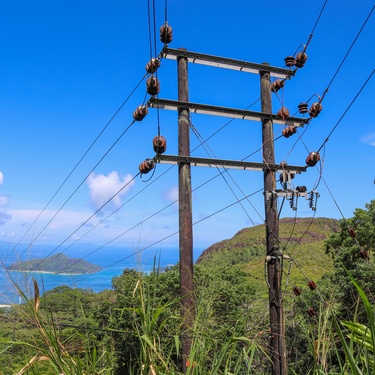
In the world of precision measurement, temperature is the uninvited guest at the party. It shows up, messes with your results, and leaves you to clean up the inconsistent data. This phenomenon, known as thermal drift, is the silent nemesis of accuracy in any high-stakes lab environment. The good news is that reducing thermal drift in precision labs doesn't require a degree in thermodynamics, just some smart strategies and a healthy respect for the laws of physics.
Tame the Environment, Tame the Drift
Your first line of defense is a stable environment. Think of your lab as a high-maintenance celebrity that demands a constant, comfortable temperature. Any fluctuation, whether from an HVAC system cycling on and off or a sunbeam hitting your workstation, can cause materials to expand or contract. Consistent, 24/7 climate control is your best friend. This also includes managing airflow and keeping sensitive instruments away from vents, doorways, or any source of drafts.
Let Your Equipment Warm Up Properly
Just like you need a cup of coffee to get going in the morning, your equipment needs time to acclimate. Turning on a machine and immediately taking a critical measurement is a recipe for skewed results. Allow instruments to reach thermal equilibrium by following the manufacturer’s warm-up recommendations. This simple act of patience allows internal components to stabilize, providing a much more reliable baseline for your work.
Know Your Materials and Calibrate Often
Different materials react to temperature changes in various ways. Understanding the thermal expansion coefficients of both your measuring equipment and the object being measured is crucial. The best metrology inspection equipment can still produce errors if the materials involved are expanding or contracting at different rates. Regular calibration routines against a known standard at a stable temperature will help you identify and compensate for these thermal effects before they compromise your data.
Isolate and Insulate Your Setup
Sometimes, a rogue heat source is the culprit. That nearby computer, a power supply, or even the body heat from an operator can introduce thermal instability. Identify and isolate these heat sources whenever possible. Using insulating materials or enclosures around your measurement setup can create a micro-environment that shields it from external temperature swings.
Ultimately, precision work demands a stable foundation, and temperature is a massive part of that equation. By actively managing your environment, respecting your equipment’s needs, and implementing consistent procedures, you can win the battle against temperature-induced errors. Following these practices for reducing thermal drift in precision labs will make your measurements more accurate, your results more repeatable, and your work life a whole lot less stressful.
Bio: Casey is a passionate copyeditor highly motivated to provide compelling SEO content in the digital marketing space. Her expertise includes a vast range of industries from highly technical, consumer, and lifestyle-based, with an emphasis on attention to detail and readability.
























